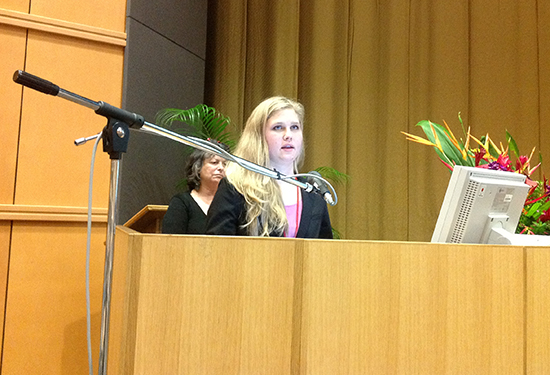
This thesis examines news coverage of conflict in Fiji, Papua New Guinea (PNG), and West Papua by two prominent media sources in New Zealand - Radio New Zealand’s Morning Report (MR) and the New Zealand Herald (NZH). The news coverage will be analysed through a peace journalism framework. Peace journalism is an approach to reporting conflict that focuses on people, solutions, truth and conflict. Galtung (2003) proposes that current conflict reporting focuses on the elite, problems, propaganda and violence.
A content analysis of MR’s and the NZH’s news coverage of conflict in Fiji, PNG and West Papua over a 12-month time period (1 September, 2011 to 31 August, 2012) was conducted. The content analysis uses the following 11 indicators to assess whether the framing is indicative of war journalism or peace journalism: here and now, differences, winning orientation, visibility, elite orientation, party orientation, good/bad dichotomy, balance, victimising language, demonising language and emotive language.
The results show that war journalism was the predominant frame found in the news coverage of conflict in Fiji, PNG and West Papua by both MR and the NZH. Seven of the 11 indicators were found to have a war journalism frame: here and now, differences, winning orientation, visibility, elite orientation, party orientation and balance. However, four of the 11 indicators were found to have a peace journalism frame: good/bad dichotomy, victimising language, demonising language and emotive language. War journalism framing of conflict elevates direct violence in the news coverage over structural and cultural violence and non-violent solutions to conflict. A peace journalism approach to conflict reporting may provide a deeper understanding of the conflicts to MR’s and the NZH’s audience.
Wilson, C. S. (2014). Peace journalism in the Pacific: New Zealand news coverage of conflict in Fiji, Papua New Guinea and West Papua. (Thesis, Master of Arts). University of Otago. Retrieved from http://hdl.handle.net/10523/4746


